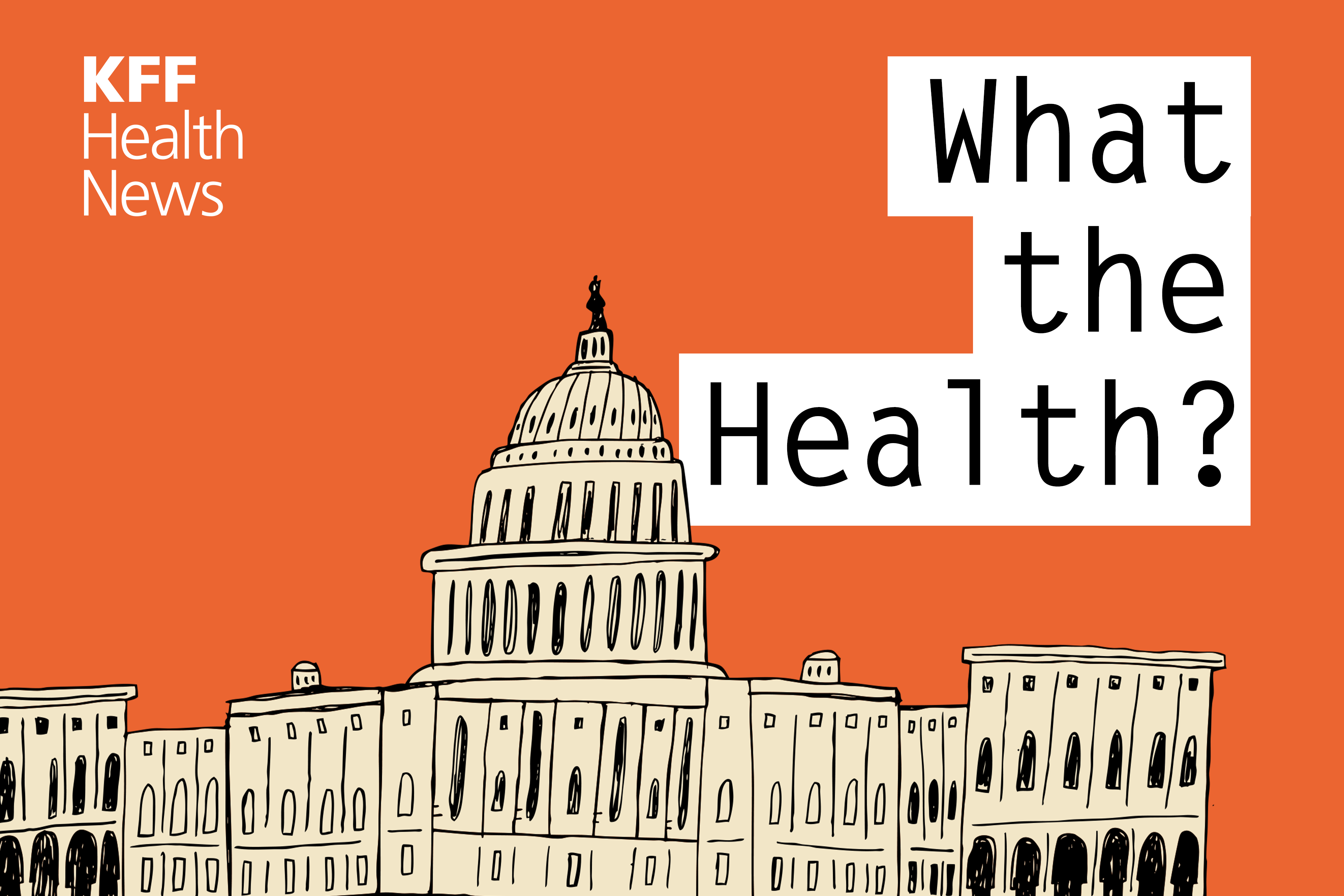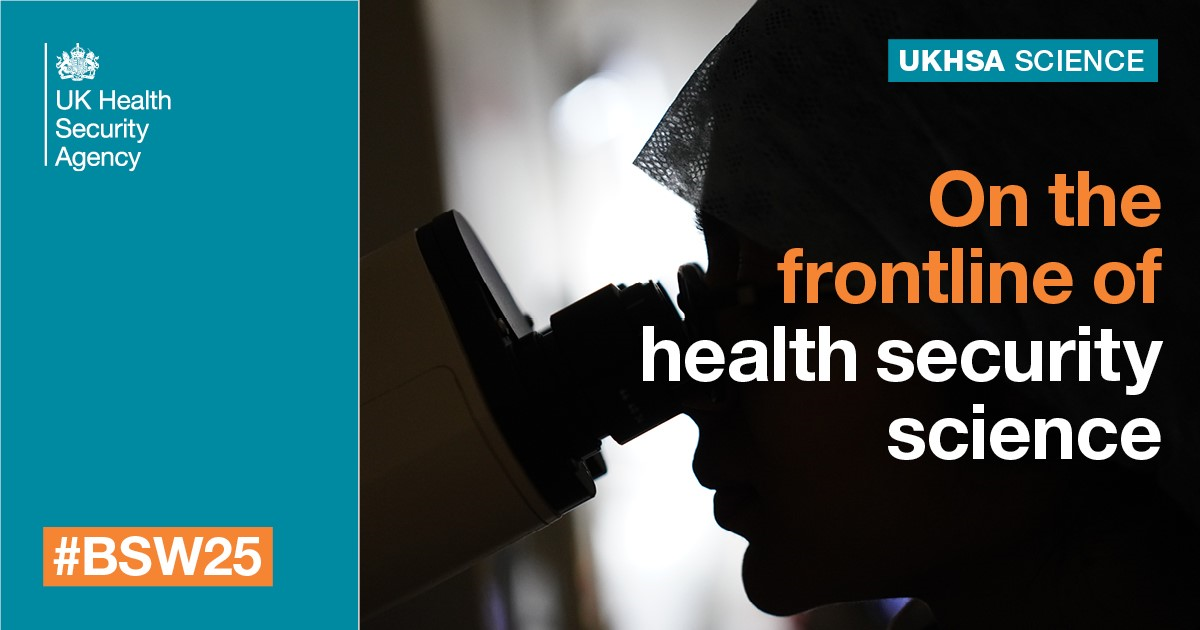 A view of 5600 Fishers Lane in Rockville, Maryland, which houses the headquarters of the Agency for Healthcare Research and Quality and other health agencies. According to a senior AHRQ official who spoke on condition of anonymity, a climate of deep depression has settled over the agency’s offices. (Antony-22/Wikimedia Commons/CC BY-SA 4.0)
A view of 5600 Fishers Lane in Rockville, Maryland, which houses the headquarters of the Agency for Healthcare Research and Quality and other health agencies. According to a senior AHRQ official who spoke on condition of anonymity, a climate of deep depression has settled over the agency’s offices. (Antony-22/Wikimedia Commons/CC BY-SA 4.0)Sue Sheridan’s baby boy, Cal, suffered brain damage from undetected jaundice in 1995. Helen Haskell’s 15-year-old son, Lewis, died after surgery in 2000 because weekend hospital staffers didn’t realize he was in shock. The episodes turned both women into advocates for patients and spurred research that made American health care safer.
On April 1, the Trump administration slashed the organization that supported that research — the Agency for Healthcare Research and Quality, or AHRQ — and fired roughly half of its remaining employees as part of a perplexing reorganization of the federal Health and Human Services Department.
Haskell, of Columbia, South Carolina, has done research and helped write AHRQ-published surveys and guidebooks on patient engagement for hospitals. The dissolution of AHRQ is dislodging scores of experienced patient-safety experts, a brain drain that will be impossible to rectify, she said.
Survey data gathered by AHRQ provides much of what is known about hospitalizations for motor accidents, measles, methamphetamine, and thousands of other medical issues.
“Nobody does these things except AHRQ,” she said. “They’re all we’ve got. And now the barn door’s closed.”
HHS Secretary Robert F. Kennedy Jr. posted on the social platform X on April 1 that layoffs at HHS, aimed at reducing the department’s workforce by about 20,000 employees, were the result of alleged inefficacy. “What we’ve been doing isn’t working,” he said. “Despite spending $1.9 trillion in annual costs, Americans are getting sicker every year.”
But neither Kennedy nor President Donald Trump have explained why individual agencies such as AHRQ were targeted for cuts or indicated whether any of their work would continue.
Email Sign-Up
Subscribe to KFF Health News' free weekly newsletter, "The Week in Brief"
At their first meeting with the leadership of AHRQ last month, officials from Trump’s Department of Government Efficiency said that they didn’t know what the agency did — and that its budget would be cut by 80% to 90%, according to two people with knowledge of the meeting who were granted anonymity because of fears of retribution.
On March 28, the administration said AHRQ would merge with HHS’ Office of the Assistant Secretary for Planning and Evaluation.
An AHRQ spokesperson, Rachel Seeger, said its acting chief, Mamatha Pancholi, was unavailable to answer questions.
Created on the foundation of an earlier agency in 1999, AHRQ has had two major functions: collecting survey data on U.S. health care expenditures, experiences, and outcomes; and funding research aimed at improving the safety and delivery of health care. It also has published tools and guidelines to enhance patient safety.
Its latest budget of $513 million amounts to about 0.04% of HHS spending.
“If you’re going to spend $5 trillion a year on health care, it would be nice to know what the best use of that money is,” said a senior AHRQ official who spoke on condition of anonymity for fear of losing his job. “To gut a 300-member, $500 million agency for no other reason than to placate a need to see blood seems really shortsighted.”
Newly sworn-in FDA Commissioner Marty Makary, a surgeon who has advocated for patient safety, wrote or co-authored at least 10 research papers supported by AHRQ funding since 1998. AHRQ research and guidelines played a key role in lowering the incidence of hospital-acquired infections — such as deadly blood infections caused by contaminated IV lines, which fell 28% from 2015 to 2023, according to the Centers for Disease Control and Prevention.
Medical residents training in the 1980s were taught that such infections were an inevitable, often fatal byproduct of heart surgery, but AHRQ-funded research “showed that fairly simple checklists about preventing infections would be effective at going to zero,” said Richard Kronick, a University of California-San Diego researcher who led AHRQ from 2013 to 2016.
Medical errors caused by missed diagnoses, drug errors, hospital infections, and other factors kill and maim tens of thousands of Americans each year. Makary published a controversial study in 2016 hypothesizing that errors killed 250,000 people a year in the U.S. — making medical mistakes the nation’s third-leading cause of death.
“There are all kinds of terrible things about our health care system’s outcomes and how we pay for it, the most expensive care in the world,” Kronick said. “Without AHRQ, we’d be doing even worse.”
AHRQ-funded researchers such as Hardeep Singh at Baylor College of Medicine have chipped away at patient safety risks for more than two decades. Singh devises ways to integrate technologies like telemedicine and artificial intelligence into electronic health records to alert doctors to potential prescribing errors or misdiagnoses.
Singh has 15 scholars and support staff members supported by three AHRQ grants worth about $1.5 million, he said. The elimination of the agency’s office that funds outside researchers, among the cuts announced this week, is potentially “career-ending,” he said. “We need safety research to protect our patients from harms in health care. No organization in the world does more for that than AHRQ.”
Republicans have long been skeptical of AHRQ and the agency that preceded it. Some doctors saw it as meddling in their medical practices, while some GOP Congress members viewed it as duplicating the mission of the National Institutes of Health.
But when the Trump administration proposed merging it with NIH in 2018, a House-ordered study into health research priorities validated AHRQ’s valuable role.
Now, the naysayers have triumphed.
Gordon Schiff, a Harvard Medical School internist who has received AHRQ funding since 2001, was among the first to learn about policy changes there when in February he got an email from the editors of an AHRQ patient-safety website informing him “regretfully” that a 2022 case study on suicide prevention he co-authored had been removed “due to a perception that it violates the White House policy on websites ‘that inculcate or promote gender ideology.’”
The article was not about gender issues. It briefly mentioned that LGBTQ men were at a higher risk for suicide than the general population. Schiff was offered the option of removing the LGBTQ reference but refused. He and Harvard colleague Celeste Royce have sued AHRQ, HHS, and the Office of Personnel Management over removal of the article.
“All we were doing was presenting evidence-based risk factors from the literature,” he said. “To censor them would be a violation of scientific integrity and undermine the trustworthiness of these websites.”
PSNet, the AHRQ publication where Schiff and Royce’s article appeared, has been dissolved, although its website was still up as of April 2. Roughly half of AHRQ’s 300 staffers resigned following the initial DOGE warning; 111 staff members were fired April 1, according to an email that a top executive, Jeffrey Toven, sent to employees and was shown to KFF Health News. AHRQ’s remaining leadership was in the dark about Kennedy’s plans, he said.
HHS spokespeople did not respond to requests for comment. Stephen Parente, a University of Minnesota finance professor who said he consults informally with Trump health officials, said much of AHRQ’s work could be done by others. Its most vital services have been surveys that Westat, a private research company, performs for AHRQ on contract, said Parente, who was chief economist for health policy in the first Trump administration.
At the height of the covid pandemic, he said, data produced by AHRQ and other government sources were outclassed by private sources. To track covid, he relied on daily feeds of private insurance data from around the country.
Still, Parente said, the virtual disappearance of AHRQ means “we’re going to lose a culture of research that is measured, thoughtful, and provides a channel for young investigators to make their marks.”
A climate of deep depression has settled over the agency’s Rockville, Maryland, headquarters, the unnamed AHRQ official said: “Almost everyone loves their job here. We’re almost all PhDs in my center — a very collegial, talented group.”
The official said he was “generally skeptical” that AHRQ’s merger with the assistant secretary’s office would keep its mission alive. The Centers for Medicare & Medicaid Services and the CDC conduct some health system quality research, but they are also losing staff, Harvard’s Schiff noted.
One of Schiff’s current AHRQ projects involved interviewing late-stage cancer patients to determine whether they could have been diagnosed earlier.
“The general public, I think, would like cancer to be diagnosed earlier, not when it’s stage 4 or stage 3,” he said. “There are things we could learn to improve our care and get more timely diagnosis of cancer.”
“Medical errors and patient safety risks aren’t going to go away on their own,” he said.
With input from Sheridan and other mothers of children who suffered from jaundice-related brain damage, AHRQ launched research that led to a change in the standard of care whereby all newborns in the U.S. are tested for jaundice before discharge from hospitals.
The misfortune of Lewis, Haskell’s son, led to a change in South Carolina law and later to a national requirement for hospitals to enable patients to demand emergency responses under certain circumstances.
Singh, a leading researcher on AI in health care, sees bitter irony in the way the Elon Musk-led DOGE has taken an ax to AHRQ, which recently put out a new request for proposals to study the technology. “Some think AI will fix health care without a human in the loop,” Singh said. “I doubt we get there by dismantling people who support or perform patient safety research. You need a human in the loop.”



















 English (US) ·
English (US) ·